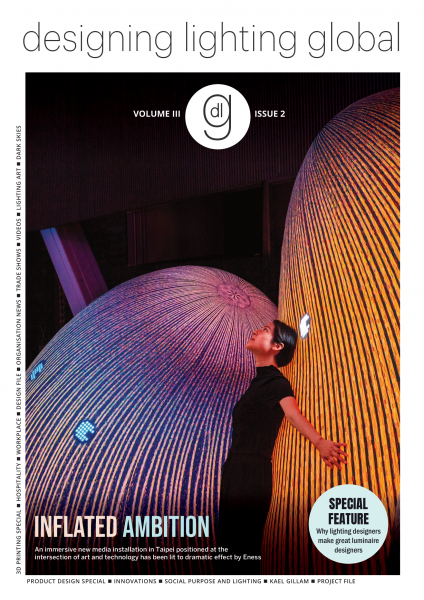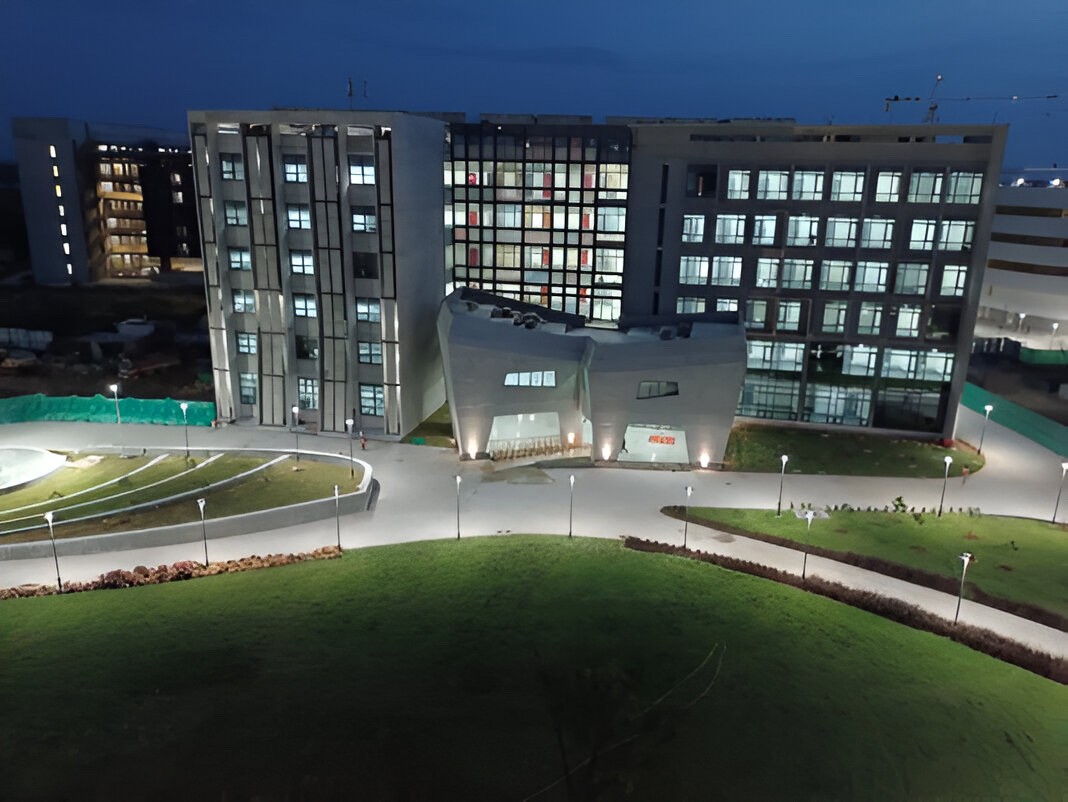The Royal Institute of British Architects (RIBA) has published its annual Business Benchmarking report today, Friday 15 November 2024.
Using data submitted by UK-based RIBA Chartered Practices, it tracks business trends in the twelve months to 1 May 2024, including revenue, expenditure, profitability, salaries, types of work and global areas of growth. The full report is exclusively available to RIBA Chartered Practices.
The findings show a resilient profession that continues to grow revenue and secure international work, particularly in the EU. However, it also shows that practices continue to face tighter profit margins amid rising costs.
Key findings from the RIBA Business Benchmarking 2024 report include:
- Total revenue from RIBA Chartered Practices has increased by 13%, topping £4 billion for the first time. This follows 2023’s remarkable 17% increase in revenue.
- Average practice revenue has grown, with the biggest boost for medium-sized practices (10-50 employees).
- Despite increasing revenues, a steep rise in overheads caused profits as a percentage of revenue to fall by 2%.
- Payroll made up 54% of total practice expenditure. For most practices, payroll grew faster than revenue, squeezing profit margins, with large practices feeling the squeeze the most.
- Practices are optimistic about the coming year, predicting 8% growth in revenue.
- While private housing work was responsible for 27% of revenue overall, it remains vital to small practices, making up over 50% of revenue for practices with <10 staff.
- Revenue from international work surged by 25%, building on last year’s strong growth.
- The EU accounted for nearly half of all international work, while work in traditional markets such as Asia and the Middle East declined.
- Large practices (100+ staff) were responsible for 81% of international revenue.
- The overall contribution of international projects to total practice revenue has almost doubled in two years.
- Staff numbers increased by 8% to over 40,000 people.
- Improvements in Diversity and Inclusion are slow. 39% of staff identified as female and <1% non-binary/other. 84% of staff were white. The gender pay gap was 16% and the ethnicity pay gap was 13%.
RIBA President Muyiwa Oki said:
“Our annual Business Benchmarking report captures the pulse of UK architecture and stands testament to its status as a global success story.
This year’s findings demonstrate the resilience of RIBA Chartered Practices who have increased overall revenue in a challenging year and remain optimistic about near-term prospects as they recover from economic and political instability.
One thing is clear: architecture remains a powerhouse of the UK’s creative economy and global trade.
Despite the fact that higher revenue has not necessarily brought higher profits, architecture has proven it can overcome considerable external challenges, from delays in the planning system to raised interest rates.
Thank you to all those who contributed. Monitoring trends and opportunities allows us to build an accurate picture of the health of our profession so that we can continue to offer the relevant support to help all our members thrive, no matter where they live or work.”
Read a summary of the RIBA Business Benchmarking 2024 report.
ENDS
Notes to editors:
- Media contact: [email protected]
- RIBA Chartered Practices can login to view the full RIBA Business Benchmarking 2024 report and past reports. This year brings a new set of dynamic visualisations that present your practice data alongside the average of similar practices, making it easier to assess your relative performance, whether by region or size.
- RIBA Business Benchmarking data is collected from RIBA Chartered Practices by Purple Frog and analysed in confidence by The Fees Bureau, a division of Mirza & Nacey Research Ltd.
- The Royal Institute of British Architects (RIBA) is a global professional membership body that serves its members and society in order to deliver better buildings and places, stronger communities and a sustainable environment. Follow @RIBA on X/Twitter for regular updates.
Click here to view the original article from RIBA






